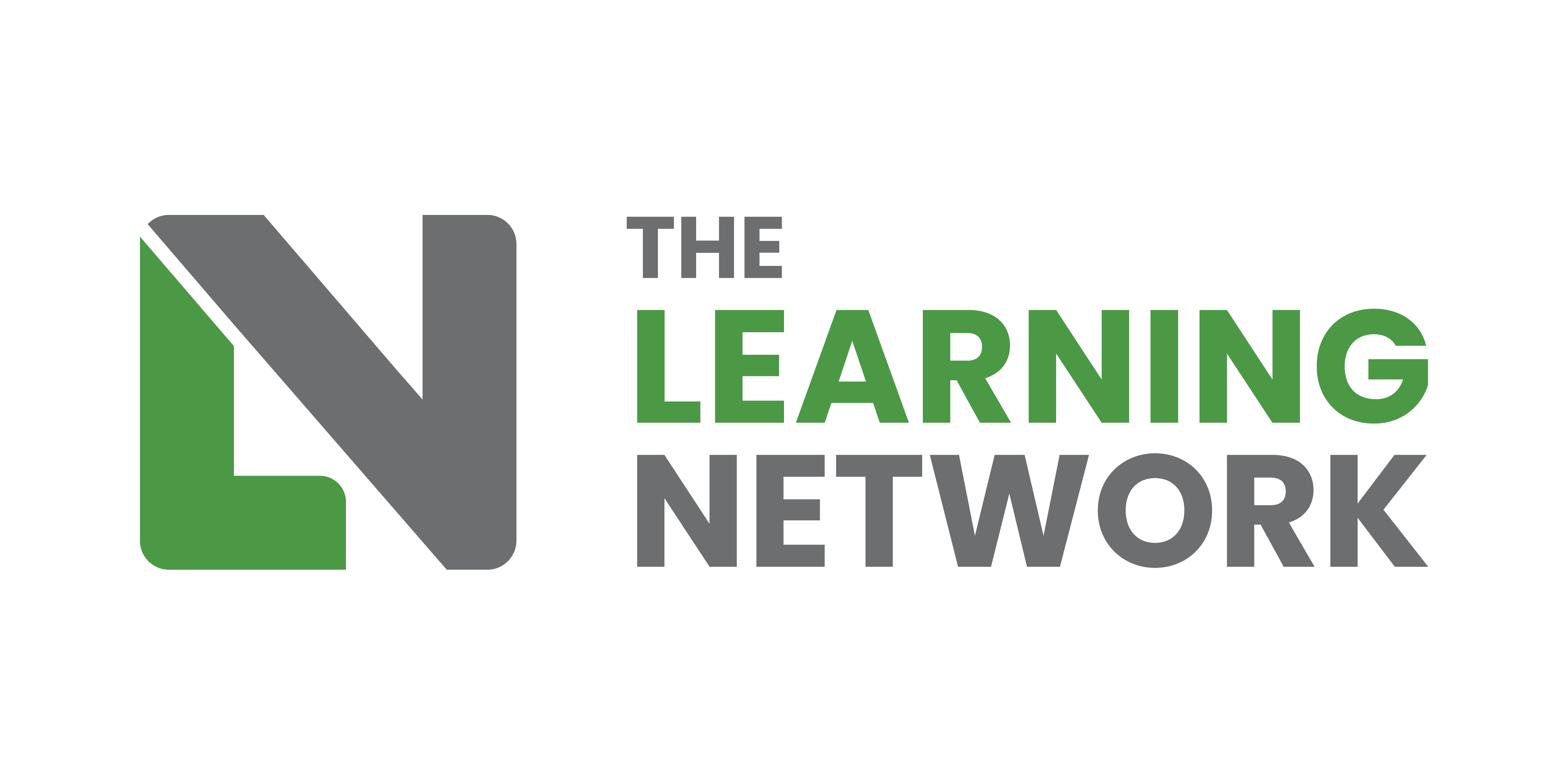Happy new year from all of us at the eLearning Network!
In our first blog of the year we continue with our series of interviews with the board of the network.
Here’s what John Curran – our Chair – had to say when we caught up with him recently.
So what’s your background in eLearning John?
I’ve been involved in e-learning right from the early days. Back in 1984 I started my first business after buying a 512k Apple Macintosh for £3,500 – that was a lot of money in those days and required a substantial bank loan! Initially I developed software user guides using PageMaker on the Mac but later got into help system design using products like HyperCard and SuperCard. These were hypertext authoring tools that developed what we would now call e-learning but at the time they were still a bit of a novelty.
In 1996 I discovered a geeky academic thing called hypertext mark-up language (HTML) and began building simple web sites for clients. At around the same time I created my first e-mail account on Compuserve. I remember trying in vain to find someone I knew that I could actually send an e-mail to! My business partner thought it would never catch-on! How wrong he was. Of course HTML – the simple code that powered the web – really took off, so for the next few years I worked initially in online information systems including working on some of the very first ‘intranets’ in the UK.
After hypertext information systems I moved into the heady world of knowledge management and eventually e-learning and online learning. I worked with Moodle when it was still a geeky educational platform but, like those clever guys at Kineo, I recognised its potential. I also recognised the early promise of e-learning authoring tools like Authorware, Lectora and both Presenters (Abobe and Articulate).
The rest of my path is pretty mainstream Instructional Design and I’ve developed hundreds of online courses from fire safety through to reliability engineering and health care management.
These days I run my own e-learning design and consultancy company – Designed for Learning.
What made you want to join the eLearning Network originally?
In the early days, e-learning was still seen as a bit of a dark art so the eLearning Network seminars were a great place to learn more about e-learning approaches, tools and technologies. Also as a largely independent designer and consultant it was great to be able to get together a few times a year and talk SCORM and LMSs!
In those early days e-learning was still battling against conventional face-to-face approaches and most sales meetings were spent trying to convince clients that e-learning might actually work!
What have been your recent highlights as Chair of the network?
Definitely our annual conference! This was our first proper conference in the sense that it had a number of streams and many more speakers than we would normally have at one of our free workshops. It was great to get re-elected to the board and retain my post as Chair too – as well as being able to welcome new board members to bring new thoughts and ideas to the table. I’ll probably stay in the Chair role for one more year before passing the baton on. Then I’ll start writing my book – I’ll have lots of extra precious time on my hands!
What do you see as being the key challenges facing the eLearning and wider L&D industry right now?
E-learning is definitely here to stay though the way we design and build what I now prefer to call ‘digital learning interventions’ will constantly evolve as the tools, skills and creativity develop. I see what I call the tipping point being reached at some point in the not too distant future – this is the point where more training is delivered online than in a classroom.
Some organisations may have reached that point. As far as the wider L&D industry is concerned I strongly believe it needs to come out from under the wings of HR and become a force for organisational change in its own right. See my Human Capital Manifesto for more on that!( http://www.designedforlearning.co.uk/the-human-capital-manifesto/)
What 3 books would you recommend as core reading to anyone wanting to get into eLearning and / or established L&D professionals?
That’s tough as I buy (and usually read) lots of business books. As a learning architect and someone who teaches people how to design digital learning my current top three picks would be:
- ‘Design for How People Learn’ by Julie Dirksen
- ‘More Than Blended’ by Clive Shepherd
- ‘The Art of Explanation’ by Lee LeFever
What’s the best piece of eLearning you’ve ever seen?
Another tough one and it depends of course on how you define e-learning. I’ve seen lots of great SCORM e-learning modules but for me a more self directed approach works better so I’d probably say either one of the MOOCs I completed on the Stanford platform or one on either FutureLearn or Curatr.
For an example of where things are going with interative video it’s also worth looking at the Lifesaver course (https://life-saver.org.uk/). It took four Golds at the e-learning awards in 2013.
If you could give only one piece of advice to an eLearning designer – what would it be?
Less is more – your job is to convince the client what that less should be!
Stay tuned for more in this series in the coming months.


